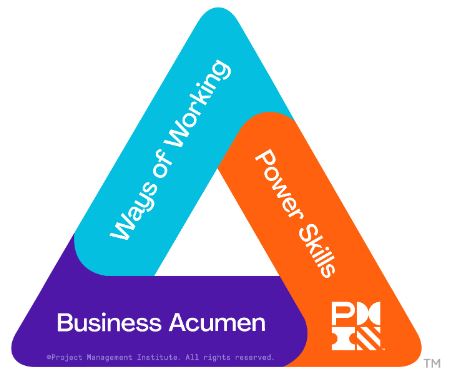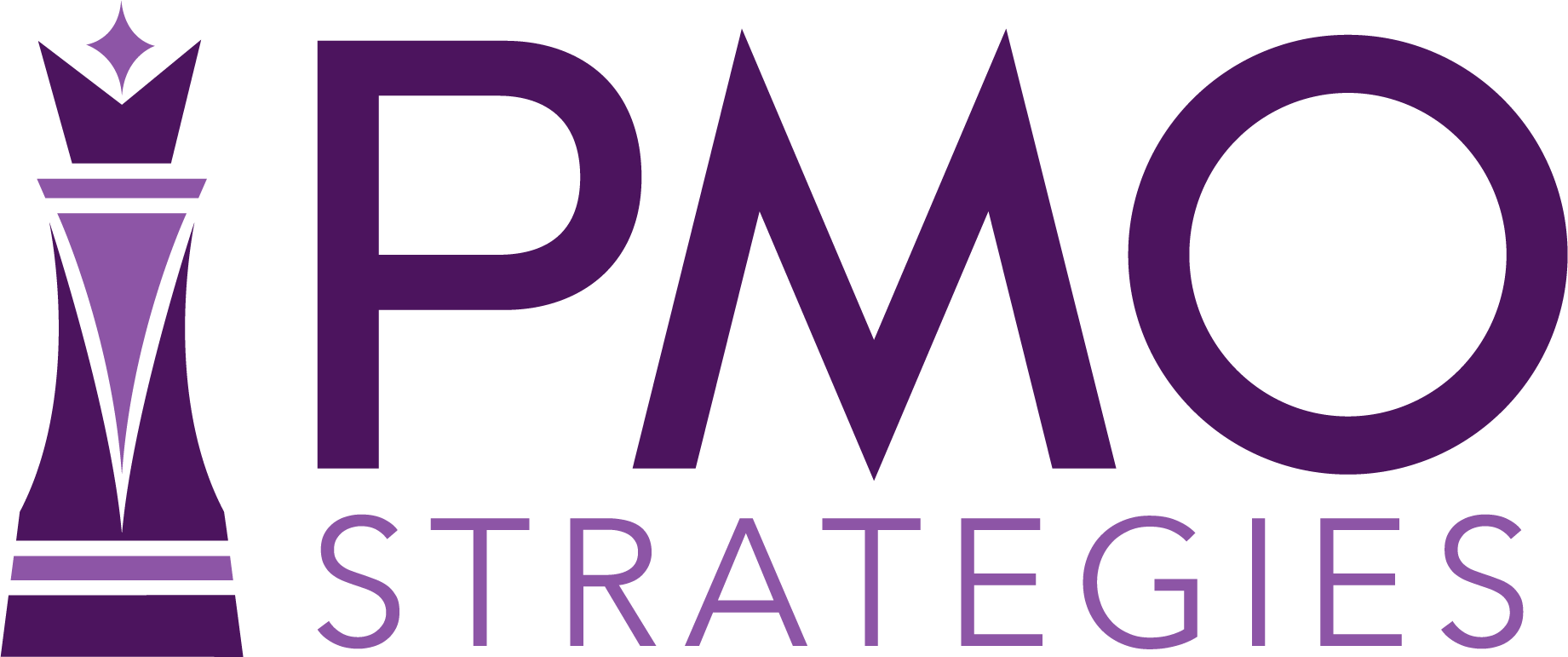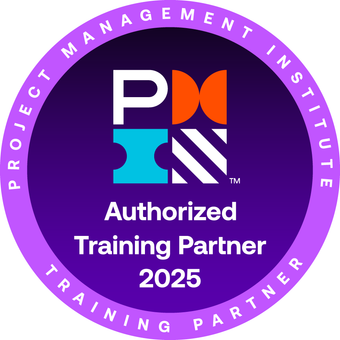Welcome to the PMO Strategies Podcast + Blog, where PMO leaders become IMPACT Drivers!

PMI Talent Triangle: Power Skills
Some PMO leaders name their work for what it is: strategy. Others keep calling it status or delivery and wonder why they’re left out of decisions.
It’s less about a job title and more about how you frame the work.
What often gets missed is that the way you describe your planning tells leaders whether to bring you into strategy or keep you in delivery.
In this episode of the PMO Strategies Podcast, I break down how to name your work strategy, connect initiatives to purpose, and walk into the room ready to guide tradeoffs. Even if the word has felt out of reach.
Call Your Planning Strategy if You Want a Seat at the Table
Being left out of strategy rarely shows up as a formal decision. It builds quietly in meetings, in status reviews, and in small moments where your words frame the work as delivery instead of strategy.
This isn’t a capability issue. It’s a perception issue. It isn’t about how many projects you run. It’s about what your language signals about your role.
At the executive level, people don’t always have time for nuance. They listen for strategy signals. If you call your planning “status,” they slot you as delivery. If you name the plan, the tradeoffs, and the outcomes, they hear strategy.
Over time, that framing becomes a pattern. Opportunities route around you. Your reputation sticks as “the delivery person,” even when you’re shaping the plan that moves the business.
Here’s why the way you name your work changes your seat at the table:
Status labels send the wrong signal
When you lead with “updates” and “tasks” without a clear plan and decision ask, leaders hear coordination, not strategy. Call the strategic move when you make it. If you recommend cutting an off-mission project, say it’s a strategic decision. If you surface a cross-portfolio bottleneck, say you’re influencing strategy. Shift the setting too. Run roadmap or strategy sessions instead of status meetings. Use planning time to help leaders think, not just track.
Clarity counts more than detail
Executives need a clean path to a decision. Start with two questions that change the room: Why Now and Why This. Use the Purpose–Priority–Principle lens to connect initiatives to purpose. Then present the plan, the tradeoffs, and exactly what you need. That replaces noise with clarity and moves choices forward. Facilitate planning differently so the group makes decisions, not updates.
Activity without purpose reads as busywork
Volume and urgency without a line to outcomes and capacity reads as noise. Tie work to mission. Challenge items that don’t advance it. Use the hard question that forces focus: if this is the top priority, what slips to make room. That’s how you shift the room from statements to decisions.
Presence shapes position
Leaders remember how you show up when it’s hard. Structure ambiguity. Bring discipline to the dream. Add clarity to the conversation. Create momentum for the mission. Speak in choices and outcomes, and name your work as planning for IMPACT. That’s what earns your seat.
Speak in Strategy So Leaders Bring You Into Decisions
If your words frame the work as delivery, leaders won’t wait for context. They start deciding where you fit.
Pressure is real. Communicate control and strategy, even when the workload is heavy.
Start by changing how you frame updates. Move from activity to purpose, plan, tradeoffs, and a clear ask. Don’t say “we’re busy.” Say “here’s the purpose, here’s the plan, here are the options and tradeoffs, and here’s what I need from you.”
Perfect answers are rare. Sound like the person who owns the plan and the outcomes. Now turn that realization into daily language.
Here are five ways to make your words signal strategy instead of status.
1. Check your labels. Call the meeting a strategy review or planning session, not status.
2. Lead with Why Now and Why This. Use these two questions to filter priorities before work starts.
3. Sum it up in one sentence. State the purpose, the plan, the tradeoffs, and the decision you need.
4. Show options and your recommendation. Offer clear choices with IMPACTs and say which one you advise.
5. Close with a decision ask. Say exactly what you need and what slips to make room.
Want Leaders to Treat Your Planning as Strategy? Name the Plan, the Tradeoffs, and the Decision You Need
This episode is a call to stop waiting for people to read between the lines.
If your leadership delivers but you’re still outside the strategy conversation, the issue isn’t effort. It’s how the work is framed. Strategy is planning for IMPACT. When you state the plan, the options, the tradeoffs, and your recommendation, leaders hear strategy and bring you in.
This isn’t about saying more. It’s about showing up with a clear plan at the right moment, in plain language that helps people decide.
👉 Click play above to learn how to recognize your planning as strategy, claim your seat at the table, and lead decisions that drive IMPACT.
T hanks for taking the time to check out the podcast!
hanks for taking the time to check out the podcast!
I welcome your feedback and insights!
I’d love to know what you think and if you love it, please leave a rating and review in your favorite podcast player. Please leave a comment below to share your thoughts. See you online!
Warmly,
Laura Barnard









